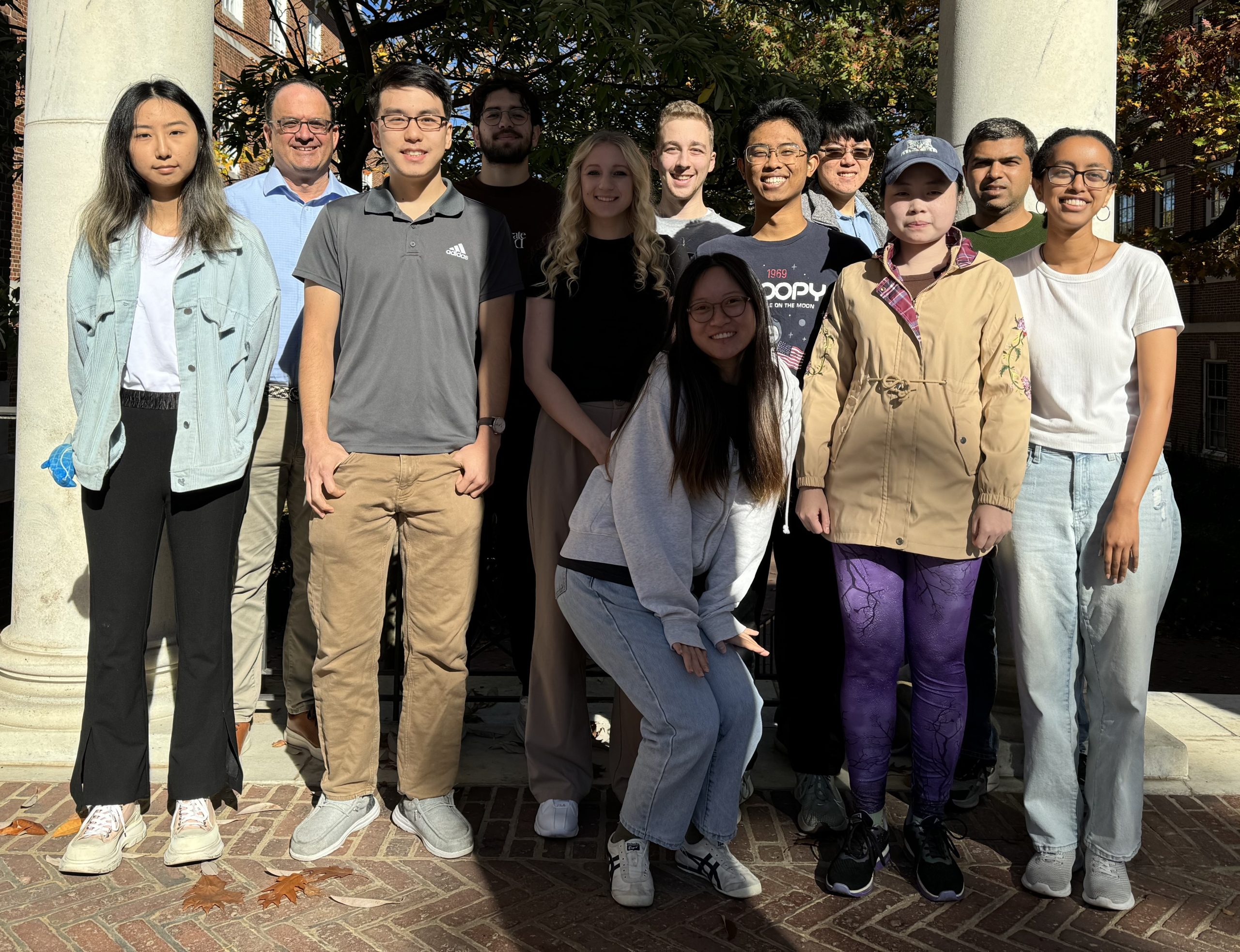
Our research group is largely focused on the exploration of the fundamental chemistry and biology of physiologically important signaling molecules including nitroxyl (HNO), hydrogen sulfide (H2S), and related species.
HNO has been shown to have biological activity distinct from that of its redox cousin, nitric oxide (NO), and related nitrogen oxides. Much of the recent interest in HNO has been catalyzed by research suggesting that it may be a novel therapeutic for the treatment of heart failure. At neutral pH in the absence of chemical traps, HNO efficiently dimerizes to hyponitrous acid (HON=NOH), which subsequently dehydrates to nitrous oxide (N2O). Given this inherent reactivity, HNO cannot be used directly; donor molecules are required for the generation of HNO in situ.
Hydrogen sulfide is believed to be involved in a myriad of physiological processes including smooth muscle relaxation and inhibition of inflammation. Recent reports have shown that much of the biological activity associated with H2S is due to its oxidized congeners, namely hydropersulfides (RSSH) and polysulfides (RSSnSR; n ≥1). Hydropersulfides are highly reactive species with poorly understood chemical properties when compared to their thiol counterparts. Recent studies have shown that hydropersulfides are commonly found in vivo as low molecular weight persulfides (i.e., cysteine persulfide, glutathione persulfide) or as modifications on cysteine residues in proteins. Protein hydropersulfides can be made post-translationally following cysteine oxidation or incorporated during translation using cysteinyl-tRNA synthetase (CARS). These modifications are expected to alter the activity of proteins depending on the site of S-persulfidation; however, methods to persulfidate specific residues of interest have yet to be developed.
In order to explore the chemistry and biology of these reactive sulfur species we aim to explore:
- Novel ways to generate hydropersulfides
- The fundamental properties of hydropersulfides
- Biochemical effects of hydropersulfides
- Reagents capable of specific and efficient protein persulfidation
